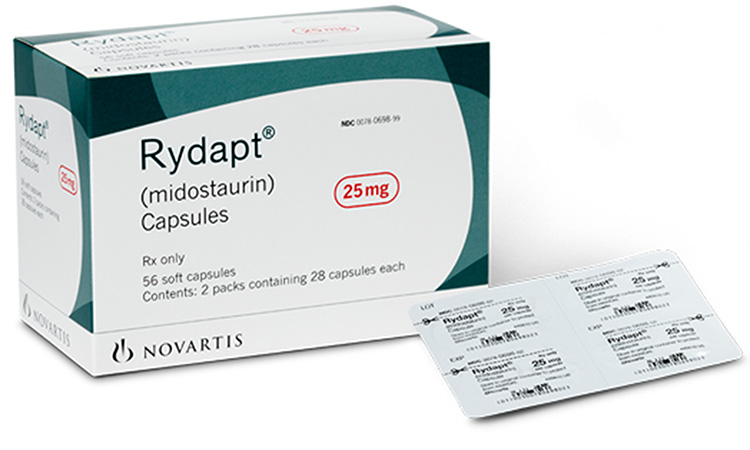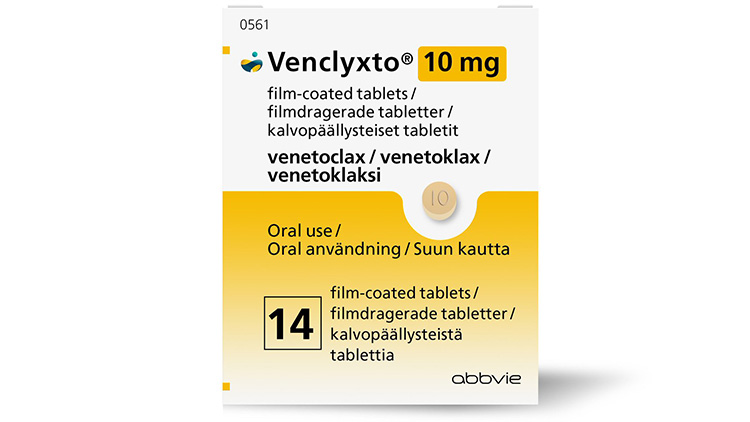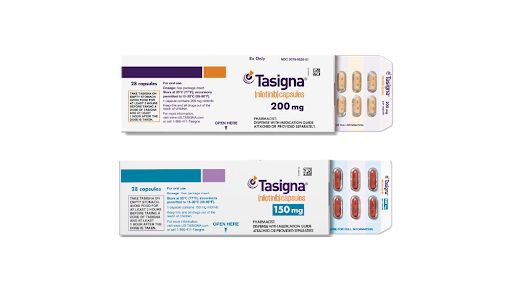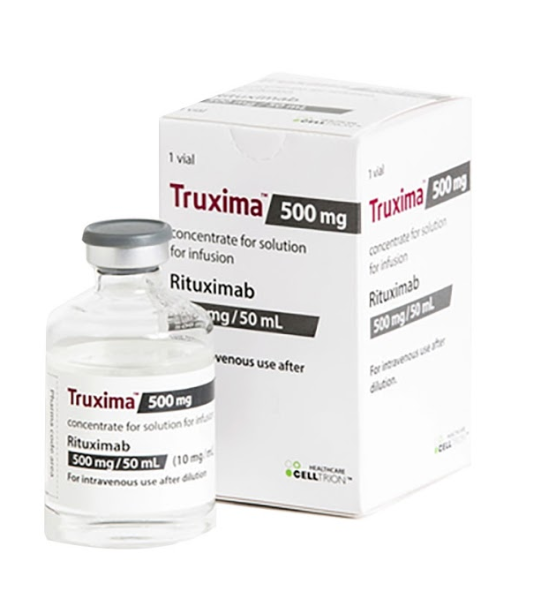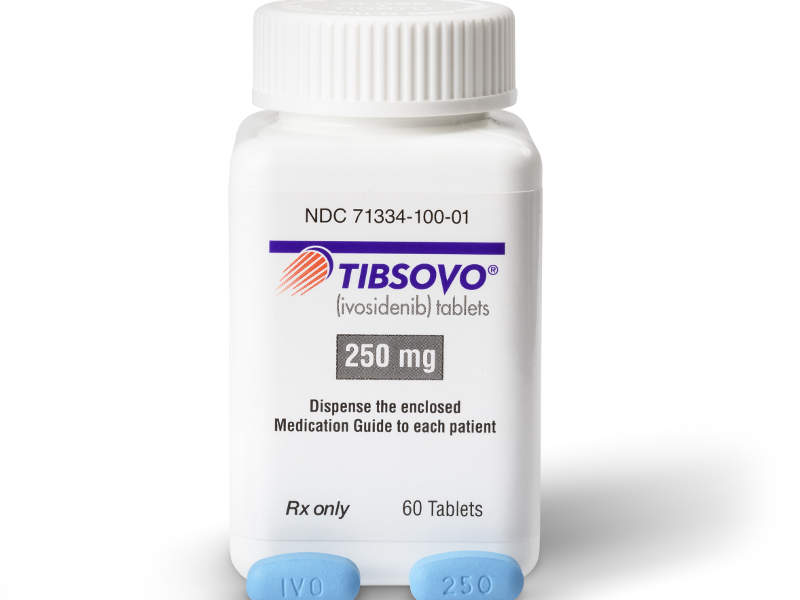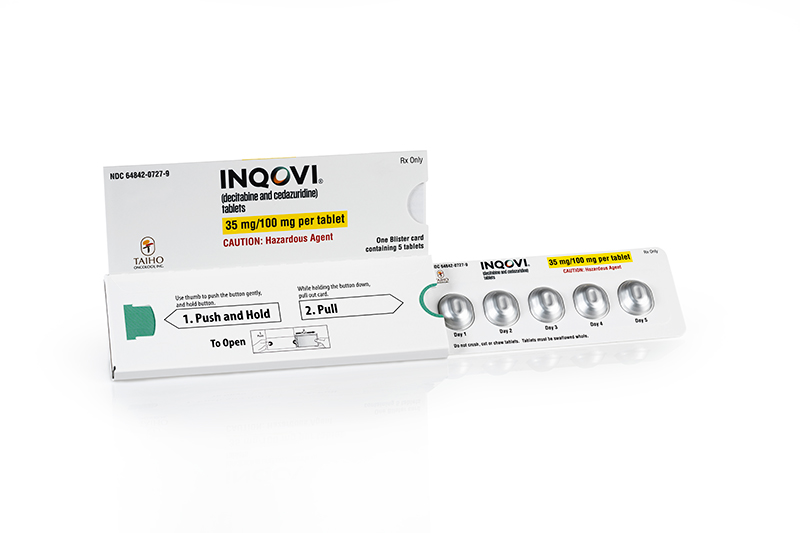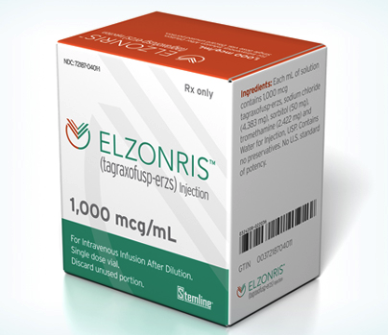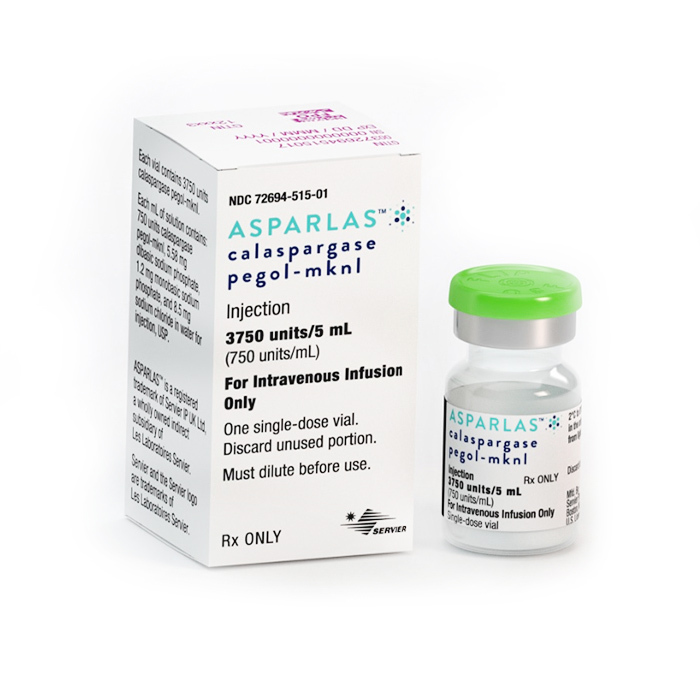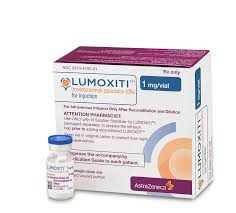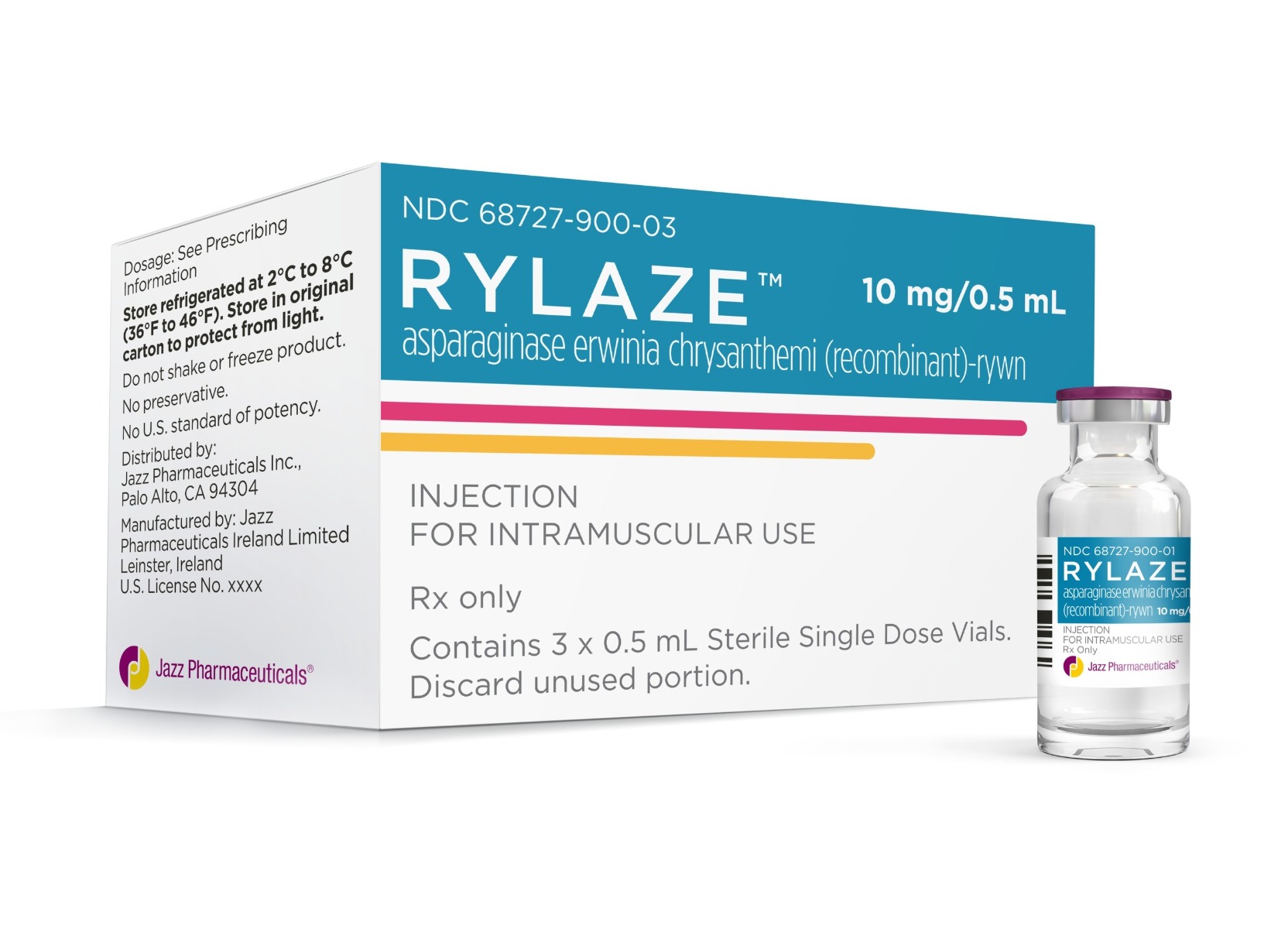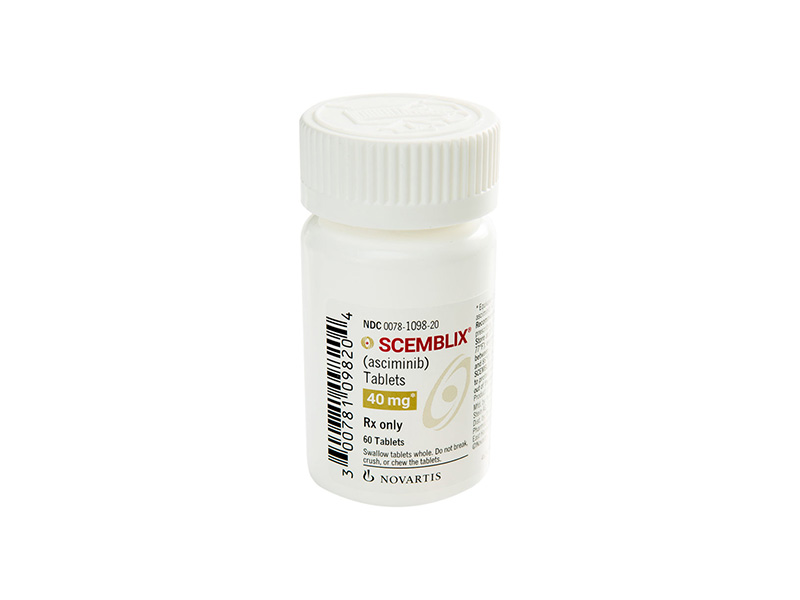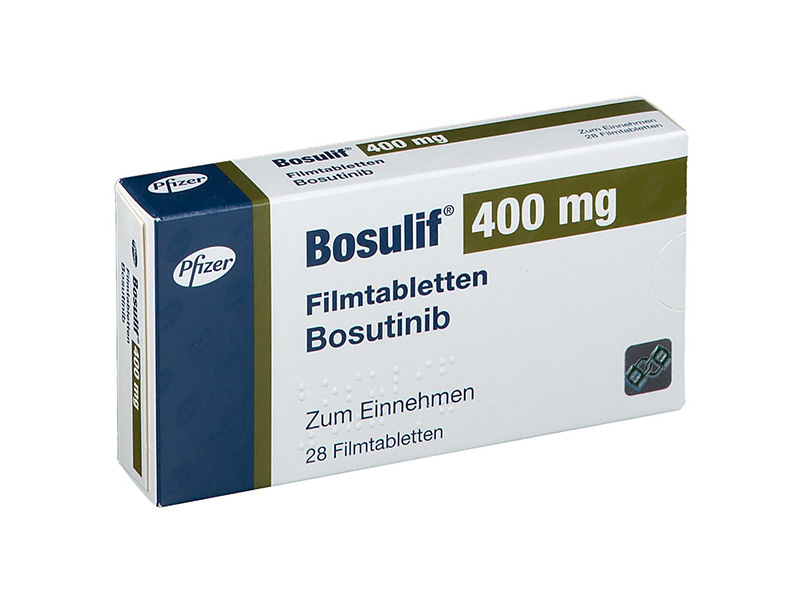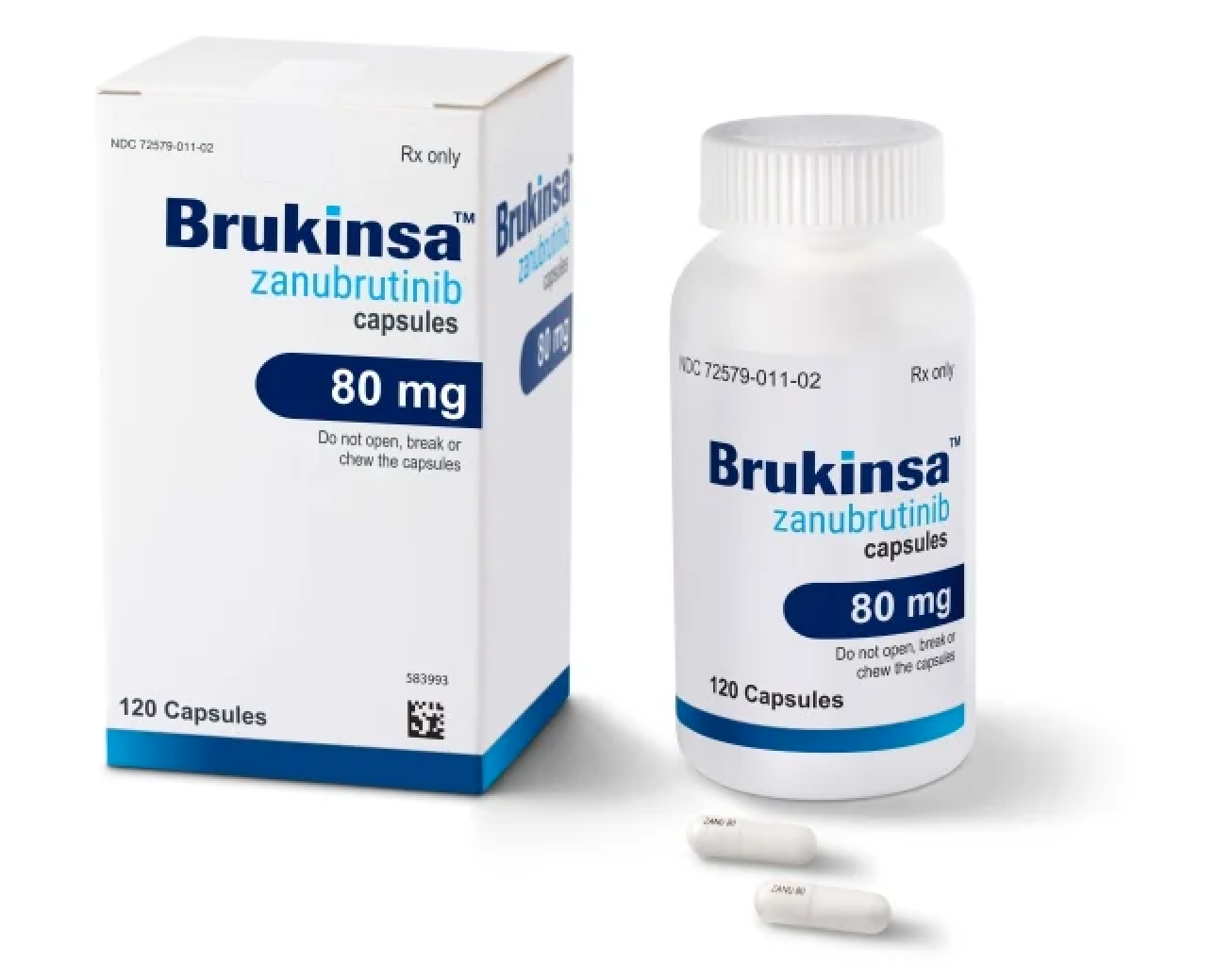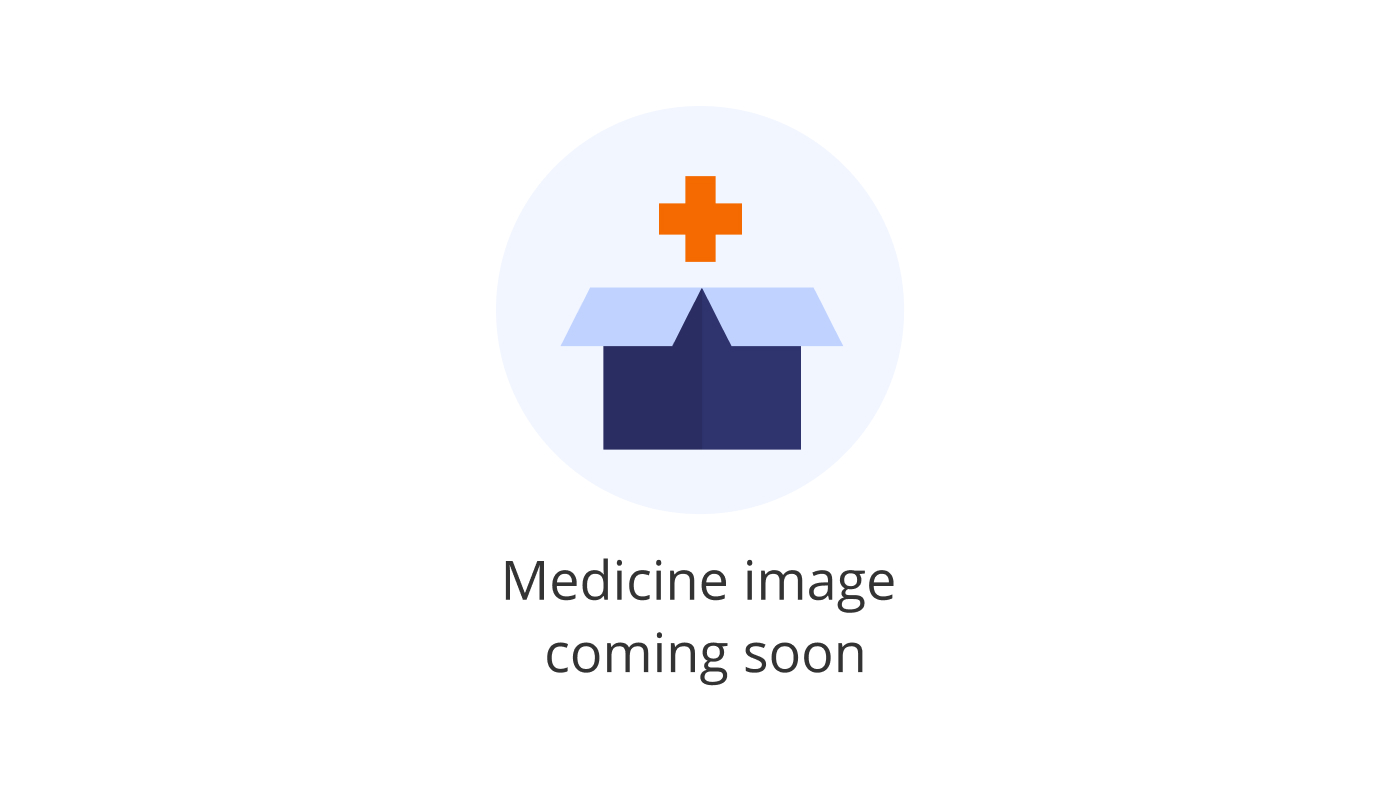New Leukemia treatments 2024
New Leukemia Treatments 2024
Leukemia is a type of cancer that affects the blood and bone marrow, characterized by the overproduction of abnormal white blood cells. These abnormal cells can interfere with the body's ability to fight infection and impair the production of red blood cells and platelets, leading to anemia and bleeding disorders. Leukemia is classified into different types, including acute lymphoblastic leukemia (ALL), acute myeloid leukemia (AML), chronic lymphocytic leukemia (CLL), and chronic myeloid leukemia (CML), each with varying symptoms, treatment options, and prognoses. Symptoms of leukemia may include fatigue, easy bruising or bleeding, fever, weight loss, and frequent infections. Diagnosis typically involves blood tests, bone marrow biopsy, and imaging studies to determine the specific type and progression of the disease.
Treatment options for leukemia vary based on the type and stage of the disease, as well as the patient's age, overall health, and preferences. Chemotherapy is the mainstay of treatment for most types of leukemia, often in combination with other drugs or targeted therapies. Targeted therapy drugs, such as imatinib for CML, work by attacking specific vulnerabilities in cancer cells. For some patients, a stem cell transplant may offer the best chance for a cure, particularly in cases of aggressive or relapsed leukemia. It is important for patients to discuss with their healthcare team the potential benefits and risks of each treatment option, including side effects and the impact on quality of life, to make an informed decision that aligns with their personal treatment goals.
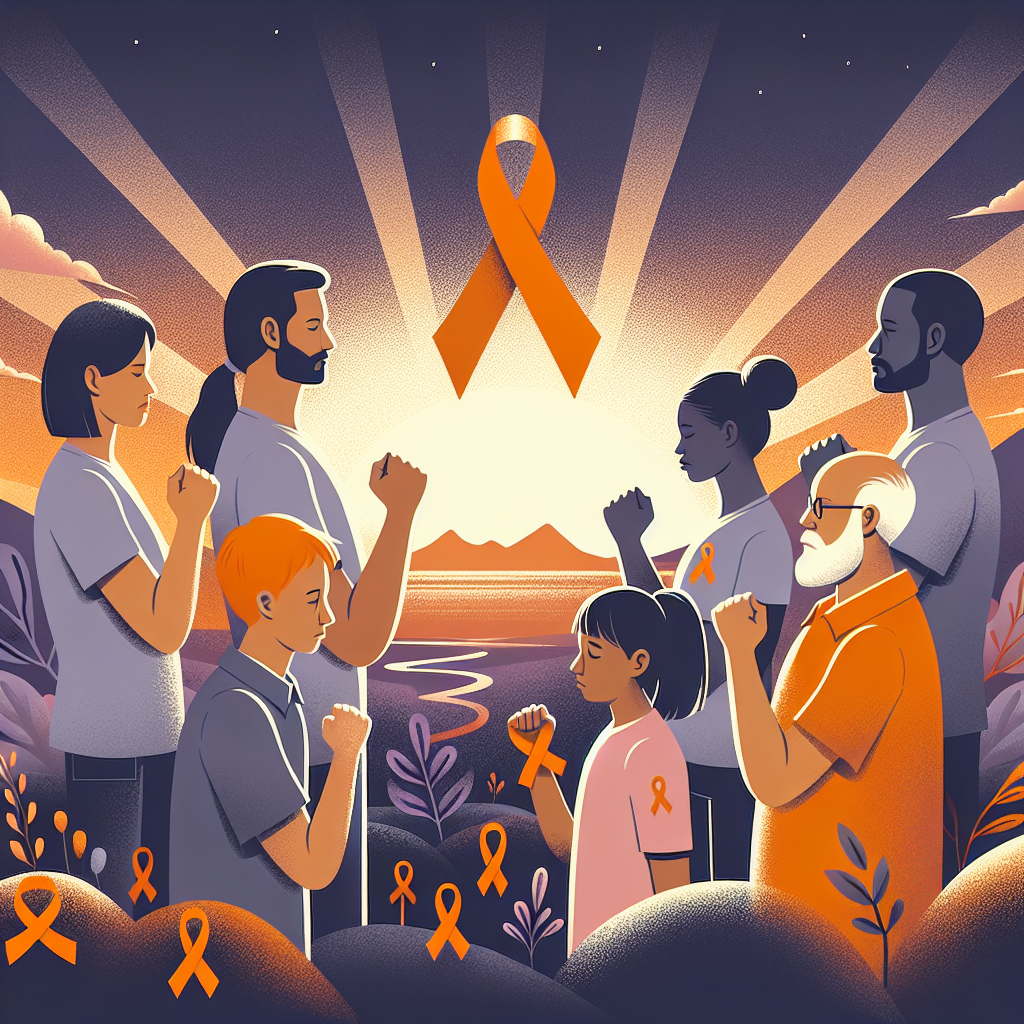
Treatment options
| Treatment option | Estimated cost | Efficacy | Eligibility |
|---|---|---|---|
| Chemotherapy | $1,000 - $12,000 | Highly variable | Most leukemia patients |
| Radiation Therapy | $10,000 - $50,000 | Depends on stage | Selected cases |
| Stem Cell Transplant | $100,000 - $350,000 | Can be curative | Eligible based on health status |
| Rydapt | $10,000 - $15,000 | Improves survival | FLT3-mutated AML |
| Besponsa | $15,000 - $45,000 | Improves remission rates | Relapsed or refractory B-cell ALL |
| Venclyxto/Venclexta | $10,000 - $30,000 | Increases remission | CLL and AML patients |
| Tasigna | $12,000 - $16,000 | Improves progression-free survival | Chronic phase and accelerated phase CML |
| Truxima | $4,000 - $10,000 | Comparable to rituximab | CD20-positive B-cell NHL |
| Copiktra | $11,000 - $15,000 | Effective in relapsed/refractory cases | CLL/SLL or FL after at least two prior therapies |
| Tibsovo | $25,000 - $30,000 | Improves survival in certain mutations | IDH1-mutated AML |
| Inqovi | $10,000 - $20,000 | Effective in MDS and CMML | Adults with certain types of MDS/CMML |
| Onureg | $10,000 - $22,000 | Extends remission | AML in first remission |
| Elzonris | $15,000 - $30,000 | Effective in BPDCN | BPDCN patients |
| Asparlas | $5,000 - $28,000 | Used in multi-agent regimens | ALL patients |
| Lumoxiti | $22,000 - $30,000 | Effective in hairy cell leukemia | Relapsed or refractory HCL |
| Rylaze | $4,500 - $15,000 | Used in multi-agent chemotherapy | ALL or Lymphoblastic Lymphoma |
| Experimental: Evaluation of Parsaclisib plus Ruxolitinib | Costs not established | Under investigation | Myelofibrosis patients with inadequate response to Ruxolitinib |
| Experimental: Evaluation of Tafasitamab plus Parsaclisib | Costs not established | Under investigation | NHL or CLL patients |
| Xospata | $22,000 - $32,000 | Effective in FLT3 mutation-positive AML | Relapsed or refractory AML with FLT3 mutation |
| Daurismo | $7,000 - $17,000 | Improves survival in AML | Newly-diagnosed AML patients ineligible for intensive chemotherapy |
| Scemblix | $13,000 - $18,000 | Effective in certain CML cases | Adults with Ph+ CML in chronic phase |
| Bosulif | $11,000 - $15,000 | Effective in CML | Newly-diagnosed Ph+ CML |
| Brukinsa | $12,500 - $17,000 | Effective in mantle cell lymphoma | Adults with mantle cell lymphoma who have received at least one prior therapy |
| Rezlidhia | $24,000 - $30,000 | Effective in IDH1-mutated AML | Relapsed or refractory AML with IDH1 mutation |
| Vanflyta | $30,000 - $40,000 | Effective in relapsed/refractory AML | FLT3-ITD positive AML |
| Ezharmia | Costs not established | Under investigation | Patients with relapsed/refractory hematological malignancies |
Treatments options in detail
Chemotherapy
Chemotherapy is the most common treatment for leukemia. It involves the use of drugs to kill leukemia cells. Depending on the type of leukemia, it may be given by mouth, injection, or intravenously. Chemotherapy is often given in cycles: a treatment period followed by a recovery period, then another treatment period, and so on.
Radiation Therapy
Radiation therapy is another standard treatment that uses high-energy radiation to damage leukemia cells and inhibit their growth. It can be targeted to specific areas where there is a collection of leukemia cells, such as an enlarged spleen or other organs.
Stem Cell Transplant
Stem cell transplant, also known as bone marrow transplant, involves the replacement of the diseased bone marrow with healthy stem cells. It can be autologous (using the patient's own stem cells) or allogeneic (using stem cells from a donor).
Targeted Therapy
Targeted therapy uses drugs that attack specific vulnerabilities within cancer cells. For example, imatinib (Gleevec) is a targeted therapy used to treat chronic myeloid leukemia (CML) that blocks the protein that causes leukemia cells to grow.
Immunotherapy
Immunotherapy is a treatment that uses the patient's immune system to fight leukemia. Monoclonal antibodies, such as rituximab, bind to leukemia cells and help the immune system kill them.
Rydapt (Midostaurin)
Rydapt is a targeted therapy approved for the treatment of acute myeloid leukemia (AML) with a specific genetic mutation known as FLT3. It is used in combination with chemotherapy.
Besponsa (Inotuzumab ozogamicin)
Besponsa is a monoclonal antibody-drug conjugate used to treat relapsed or refractory B-cell precursor acute lymphoblastic leukemia (ALL).
Venclyxto/Venclexta (Venetoclax)
Venclyxto/Venclexta is a BCL-2 inhibitor used for the treatment of chronic lymphocytic leukemia (CLL) and certain types of small lymphocytic lymphoma (SLL), often in combination with other drugs.
Tasigna (Nilotinib)
Tasigna is a tyrosine kinase inhibitor used for the treatment of CML. It is often prescribed when patients cannot tolerate imatinib or if their disease has not responded to it.
Truxima (Rituximab-abbs)
Truxima is a biosimilar to rituximab and is used in the treatment of non-Hodgkin lymphoma and CLL.
Copiktra (Duvelisib)
Copiktra is a PI3K inhibitor approved for the treatment of relapsed or refractory CLL/SLL and follicular lymphoma.
Tibsovo (Ivosidenib)
Tibsovo is used to treat AML with a specific mutation in the IDH1 gene. It works by inhibiting the mutant IDH1 enzyme.
Inqovi (Decitabine and Cedazuridine)
Inqovi is a combination of two chemotherapy drugs used to treat myelodysplastic syndromes (MDS), including chronic myelomonocytic leukemia.
Onureg (Azacitidine)
Onureg is an oral form of azacitidine approved for the continued treatment of patients with AML who are in remission.
Elzonris (Tagraxofusp-erzs)
Elzonris is a targeted therapy for the treatment of blastic plasmacytoid dendritic cell neoplasm (BPDCN), a rare form of leukemia.
Asparlas (Calaspargase pegol-mknl)
Asparlas is a modified enzyme used as part of a multi-agent chemotherapeutic regimen for the treatment of ALL in pediatric and young adult patients.
Lumoxiti (Moxetumomab pasudotox-tdfk)
Lumoxiti is a CD22-directed cytotoxin indicated for the treatment of adult patients with relapsed or refractory hairy cell leukemia.
Rylaze (Asparaginase erwinia chrysanthemi (recombinant)-rywn)
Rylaze is an asparagine-specific enzyme used as a component of a multi-agent chemotherapeutic regimen for the treatment of ALL and lymphoblastic lymphoma.
Experimental Treatments
Experimental treatments for leukemia include new drug combinations and therapies that are still in clinical trials. For instance, the evaluation of Parsaclisib plus Ruxolitinib in patients with myelofibrosis who have not responded to Ruxolitinib alone is an ongoing study. Similarly, the evaluation of Tafasitamab plus Parsaclisib in patients with non-Hodgkin lymphoma or CLL is being investigated.
Xospata (Gilteritinib)
Xospata is a FLT3/AXL inhibitor approved for the treatment of AML with FLT3 mutations in relapsed or refractory patients.
Daurismo (Glasdegib)
Daurismo is a hedgehog pathway inhibitor used in combination with low-dose cytarabine for the treatment of newly-diagnosed AML in older adults who have comorbidities that preclude intensive chemotherapy.
Scemblix (Asciminib)
Scemblix is a STAMP inhibitor specifically targeting the ABL myristoyl pocket, used for the treatment of CML in patients who have previously received two or more tyrosine kinase inhibitors.
Bosulif (Bosutinib)
Bosulif is a tyrosine kinase inhibitor used for the treatment of adults with newly diagnosed CML or those with resistant or intolerant Philadelphia chromosome-positive CML.
Brukinsa (Zanubrutinib)
Brukinsa is a Bruton's tyrosine kinase (BTK) inhibitor used for the treatment of mantle cell lymphoma and Waldenström's macroglobulinemia.
Rezlidhia (Olutasidenib)
Rezlidhia is an IDH1 inhibitor currently in clinical trials for the treatment of relapsed or refractory AML with an IDH1 mutation.
Vanflyta (Quizartinib)
Vanflyta is a FLT3 inhibitor that is not yet approved by the FDA but is being studied for the treatment of AML.
Ezharmia (Tazemetostat)
Ezharmia is an EZH2 inhibitor used for the treatment of epithelioid sarcoma and follicular lymphoma. Its potential in treating leukemia is under investigation.
It is important to note that the choice of treatment for leukemia depends on several factors, including the type of leukemia, the stage of the disease, the patient's age, overall health, and personal preferences. Patients are encouraged to discuss these options with their healthcare provider to determine the best course of action for their individual situation.
Symptoms
Common Symptoms of Leukemia
Leukemia is a type of cancer that affects the body’s blood-forming tissues, including the bone marrow and lymphatic system. One of the most common symptoms of leukemia is fatigue, which may be severe and not relieved by rest. Patients often report feeling weak or experiencing a general sense of tiredness. Another frequent symptom is fever or chills, which is a sign of infection due to the impaired function of white blood cells.
Individuals with leukemia may also notice frequent infections, as the disease affects the body's ability to fight off pathogens. Easy bruising or bleeding is common due to the reduced number of platelets, which are responsible for clotting. This can manifest as excessive bleeding from minor cuts or bruises, nosebleeds, or bleeding gums.
Petechiae, which are tiny red spots on the skin caused by small bleeds under the skin, can also be seen. Patients may experience palpable pain or a feeling of fullness below the ribs due to an enlarged liver or spleen. Night sweats can occur, often described as drenching sweats that may require a change of bedclothes.
Less Common Symptoms of Leukemia
Some patients may experience bone pain or tenderness, a result of the bone marrow being overcrowded with cancer cells. Swelling of lymph nodes, which can occur in the neck, under the arm, or in the groin, is another symptom that can be present but is less common. Unintentional weight loss and loss of appetite can occur, although they are not specific to leukemia and can be seen in many other conditions.
A pale complexion may be noticeable due to anemia, which is a deficiency in red blood cells. This anemia can also lead to shortness of breath, especially during physical activity. A feeling of weakness or lethargy is often associated with this symptom. Some patients may report a persistent or recurrent low-grade fever, which can be a sign of the body's ongoing battle against infections.
Neurological Symptoms of Leukemia
In cases where leukemia cells have spread to the central nervous system, neurological symptoms may arise. These can include headaches, seizures, confusion, loss of muscle control, or vomiting. These symptoms require immediate medical attention as they can indicate a serious complication of leukemia.
Symptoms Specific to Certain Types of Leukemia
There are different types of leukemia, and some symptoms are more specific to certain types. For example, in chronic lymphocytic leukemia (CLL), there may be an increase in the number of lymphocytes in the blood, which can be detected during a routine blood test before any symptoms are apparent. In acute myeloid leukemia (AML), symptoms can develop quickly over a few days or weeks and can be more severe.
Chronic myeloid leukemia (CML) may not cause any symptoms initially and can be found during a blood test for another condition. When symptoms do appear, they are similar to those of other leukemias but may also include a feeling of fullness or discomfort in the upper left side of the abdomen, which is related to an enlarged spleen.
Acute lymphoblastic leukemia (ALL) is more common in children and can cause symptoms such as joint pain, which is less common in other types of leukemia. Children may also exhibit symptoms such as a limp or difficulty walking, which can be due to bone or joint involvement.
Risk Factors and Complications
While not symptoms of leukemia itself, there are risk factors and potential complications that are important to consider. For instance, having a family history of leukemia can increase the risk of developing the disease. Exposure to certain chemicals, such as benzene, and previous chemotherapy or radiation therapy for other cancers can also increase risk.
Complications of leukemia can include severe infections due to the compromised immune system, anemia leading to fatigue and weakness, and bleeding problems due to a lack of platelets. There is also the risk of developing a more severe form of leukemia or other blood-related disorders.
It is important to note that the symptoms of leukemia can be similar to those of other common illnesses, and having one or more of these symptoms does not necessarily mean that an individual has leukemia. A thorough evaluation by a healthcare professional, including blood tests and possibly bone marrow biopsy, is necessary to make a diagnosis.
Due to the wide range of symptoms and the potential severity of leukemia, early diagnosis and treatment are crucial. If any of these symptoms are present and persistent, it is important to seek medical advice for further investigation.
Cure
Understanding the Cure for Leukemia
Leukemia, a type of cancer that affects the blood and bone marrow, has various subtypes, each with its own treatment strategies and potential for cure. The term "cure" implies that treatment has successfully eradicated all traces of leukemia from the body and the disease does not return. It is important to note that while some forms of leukemia can be cured, others can be controlled for long periods, effectively allowing individuals to live with the disease as a chronic condition.
Acute Lymphoblastic Leukemia (ALL)
In the case of Acute Lymphoblastic Leukemia (ALL), particularly in children, the cure rate is high. With current treatment protocols, which typically include chemotherapy, targeted therapy, and sometimes stem cell transplantation, approximately 90% of children with ALL achieve complete remission, with a significant number considered cured after five years without recurrence. Adults with ALL have a lower cure rate, but advances in treatment are improving outcomes.
Acute Myeloid Leukemia (AML)
Acute Myeloid Leukemia (AML) presents a more challenging scenario. Treatment success and the potential for a cure depend on several factors, including the patient's age, the subtype of AML, and genetic mutations within the cancer cells. Younger patients tend to have better outcomes with aggressive treatments. Stem cell transplantation can offer a potential cure for some AML patients, especially when performed in the early stage of the disease or after the first remission.
Chronic Lymphocytic Leukemia (CLL)
Chronic Lymphocytic Leukemia (CLL) is often considered incurable with standard treatments. However, it is a slowly progressing disease, and many patients live with it for many years without symptoms. Newer targeted therapies, such as ibrutinib and venetoclax, have shown promise in controlling the disease for extended periods, and while they may not represent a cure, they significantly improve the quality of life and survival rates.
Chronic Myeloid Leukemia (CML)
Chronic Myeloid Leukemia (CML) has seen a dramatic shift in its treatment paradigm with the introduction of tyrosine kinase inhibitors (TKIs) like imatinib. These drugs have transformed CML into a manageable chronic condition for many patients, with some achieving a deep molecular response, where the disease is undetectable by the most sensitive tests. Ongoing research is exploring whether patients in deep, sustained remissions can safely discontinue TKI therapy, which would be a step closer to what might be considered a functional cure.
Stem Cell Transplantation
Stem cell transplantation, also known as bone marrow transplant, is a potential curative treatment for some types of leukemia. It involves replacing the diseased bone marrow with healthy stem cells from a donor. This procedure carries significant risks, including graft-versus-host disease, infection, and other complications, but it remains the best chance for a cure in many cases, especially when other treatments have failed.
Relapse and Remission
For many patients, the goal of treatment is to achieve remission, where there is no evidence of disease. However, remission does not necessarily equate to a cure, as leukemia can relapse. Long-term follow-up and monitoring are crucial for detecting potential relapses. The duration of remission is a strong indicator of prognosis, and patients who remain in remission for five years or more after treatment may be considered cured, although regular monitoring continues.
Targeted Therapy and Immunotherapy
The development of targeted therapy and immunotherapy has opened new avenues for the treatment of leukemia. These therapies aim to specifically attack leukemia cells without harming normal cells, thereby reducing side effects and potentially improving outcomes. Examples include monoclonal antibodies, CAR T-cell therapy, and bispecific T-cell engagers (BiTEs), which have shown efficacy in treating certain types of leukemia and may contribute to long-term disease control and potential cures.
Genetic and Molecular Factors
The genetic and molecular characteristics of leukemia cells play a significant role in determining the potential for a cure. Certain genetic mutations can make leukemia more resistant to treatment, while others are associated with a better response to therapy. Personalized medicine, where treatment is tailored to the genetic profile of an individual's leukemia, is an emerging approach that may improve the chances of a cure.
Research and Clinical Trials
Research continues to be a critical component in the fight against leukemia. Clinical trials are ongoing to test new drugs, drug combinations, and treatment strategies that aim to improve cure rates and reduce side effects. Participation in clinical trials can provide patients with access to cutting-edge treatments and contribute to the advancement of medical knowledge.
Conclusion
While there is no universal cure for leukemia, many patients achieve remission and some are considered cured, particularly in certain subtypes like ALL in children. The concept of a cure in leukemia is complex and depends on various factors, including the specific type of leukemia, the patient's overall health, and how the disease responds to treatment. Advances in medical research continue to improve the outlook for leukemia patients, with the goal of increasing the number of people who can live disease-free.
Access Leukemia medicines today
If Leukemia medicines are not approved or available in your country (e.g. due to supply issues), you can access them via Everyone.org.
How Everyone.org works

Make an enquiry
Choose the medicine you want to access, answer a couple of questions, and upload your prescription to speed things up. We’ll get back to you within 24 hours.


Make an enquiry
Choose the medicine you want to access, answer a couple of questions, and upload your prescription to speed things up. We’ll get back to you within 24 hours.


Breeze through the paperwork
We'll guide you through the required documents for importing unapproved medicine, ensuring you have all the necessary information.


Get a personalized quote
We’ll prepare a quote for you, including medicine costs and any shipping, administrative, or import fees that may apply.


Receive your medicine
Accept the quote and we’ll handle the rest - sourcing and safely delivering your medicine.

Some text on this page has been automatically generated. Speak to your physician before you start a new treatment or medication.
Let's talk
If you have any questions, call us or send us a message through WhatsApp or email:
Contact us

